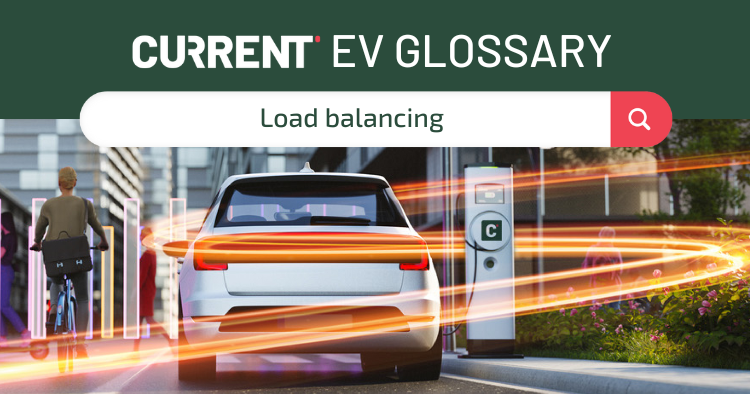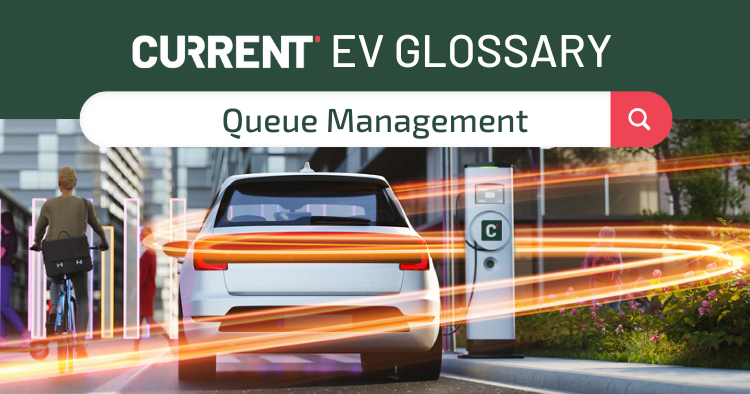Plug and Charge
What is Plug and Charge?
"Plug and Charge" is a revolutionary technology that simplifies the process of charging electric vehicles (EVs). This innovative system eliminates the need for physical payment methods or authentication procedures typically required at EV charging stations. With Plug and
Charge, drivers only need to connect their EVs to the charging station, and the charging process begins immediately.
This seamless interaction is based on the ISO 15118 standard, a communication protocol that enables the secure exchange of information between the EV and the charging station. The technology not only recognises the connected vehicle but also initiates automatic billing based on the vehicle's unique ID. This transition towards a more straightforward charging process is critical in encouraging the uptake of electric vehicles, making it as easy as refuelling a conventional car.
The Benefits of Plug and Charge
The integration of Plug and Charge technology offers a multitude of benefits to EV owners, service providers, and the broader EV ecosystem.
- User Convenience: The most apparent advantage of Plug and Charge is the simplified and convenient charging process. By eliminating the need for apps, RFID cards, or payment terminals, charging an electric vehicle becomes as effortless as refuelling a conventional petrol or diesel car.
- Time-Saving: Since the entire process is automated, from initiation to payment, EV drivers save valuable time previously spent on authentication and payment procedures. All the driver needs to do is plug the vehicle in and unplug it when charging is complete.
- Increased Security: The use of secure vehicle identification under the ISO 15118 standard ensures robust security. The communication between the charging station and the electric vehicle is encrypted, mitigating the risk of unauthorized access or data theft.
- Interoperability: With adherence to international standards, Plug and Charge offers the potential for broad compatibility across different charging networks and electric vehicles. This interoperability can contribute significantly to creating a unified, globally-compatible charging infrastructure.
- Boost to EV Adoption: By simplifying the EV charging experience, Plug and Charge can serve as a strong incentive for potential buyers who have reservations about the ease of use and convenience of electric vehicles.
Overall, Plug and Charge is an excellent advancement towards a more sustainable and user-friendly future in electric mobility. By addressing some of the critical pain points in the EV charging process, it accelerates the transition to clean and green transportation.
Which Cars Support Plug and Charge?
Several EV manufacturers have started integrating Plug and Charge technology into their newest models. A frontrunner in this domain is Tesla, with its Supercharger network already utilizing a similar concept for several years. More recent examples include the Porsche Taycan and the Ford Mustang Mach-E, with the latter leveraging the Electrify America network to support Plug and Charge.
Furthermore, other notable brands like BMW, Audi, and Mercedes-Benz have also announced their plans to introduce models compatible with this technology. As the adoption of EVs increases, it's expected that more auto manufacturers will equip their electric vehicles with this user-friendly charging feature.
What is Plug and Charge Payment Capabilities?
The most significant benefit of Plug and Charge technology is its payment capabilities. With this feature, the entire charging session, from start to finish, is completely automated. The Plug and Charge system uses the ISO 15118 standard to identify the vehicle, initiate charging, calculate the cost, and automatically bill the owner's account.
The vehicle's unique ID is registered with the charging service provider, linked to the owner's account and payment information. Once the car is plugged in, the charging station identifies the vehicle and starts the charging session. When the charging is completed, the cost is automatically calculated based on the amount of energy transferred and billed to the vehicle owner's account.
This automated process eliminates the need for a physical card or smartphone app, simplifying and streamlining the EV charging process. With Plug and Charge, EV owners can now enjoy an effortless and time-saving charging experience.
What is the Difference between Plug and Charge and Autocharge?
While both Plug and Charge and Autocharge technologies aim to simplify the EV charging process, there are fundamental differences between them. Autocharge, in many ways, can be considered a predecessor to Plug and Charge.
Autocharge allows automatic billing when using a specific network of chargers. However, it requires initial setup and registration of the vehicle's charging port ID with the charging network. Once set up, the Autocharge system identifies the car through the charging port ID whenever it's plugged into a charging station within the network.
On the other hand, Plug and Charge takes this process a step further by using the vehicle's digital certificate for identification, removing the need for network-specific registration. Furthermore, Plug and Charge is not limited to a specific network of charging stations and provides universal compatibility due to its adherence to the ISO 15118 standard.
Summary
In conclusion, Plug and Charge represents a significant advancement in EV charging technology. By offering a streamlined, easy-to-use charging process, it contributes to the growing appeal of electric vehicles. As more manufacturers adopt this technology, the transition to electric mobility will undoubtedly become a more convenient and user-friendly experience.
If you're interested in learning more, then please get in touch or browse more of our glossary articles.



